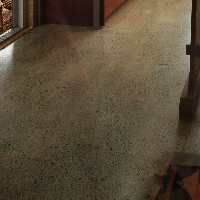
Polished Concrete Floor
Polished and sealed concrete slab floors are highly durable and allow for easy post-flood cleaning. Polished concrete absorbs almost no water, dries quickly, and is very resilient.
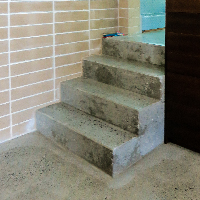
Polished Concrete Stair
Polished concrete stairs are highly durable and allow for easy post-flood cleaning. Polished concrete absorbs almost no water, dries quickly, and is very resilient.
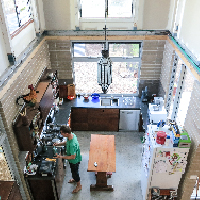
Internal Void
Internal voids allow for large belongings to be raised up in preparation of a flood.
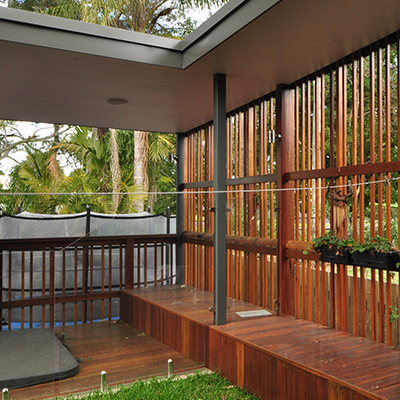
Permeable Fences & Screening
Fences and screens that allow water and some debris to pass through are important in preventing flood water build up. They are also much less likely to be damaged by the force of the water.
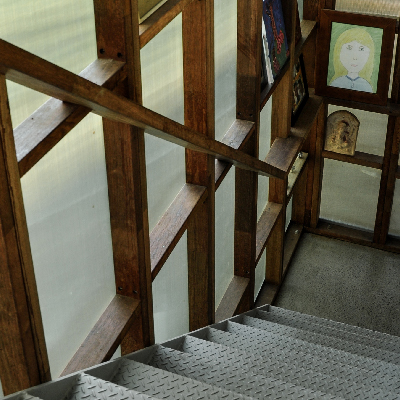
Single Skin Hardwood Framed Polycarbonate Wall
This external wall type uses exposed hardwood stud framing with water resistant polycarbonate sheeting in a non-habitable space, allowing diffused light to pass through. Single skin walls are excellent for flood resilience as there is no cavity for water and moisture to get trapped in.
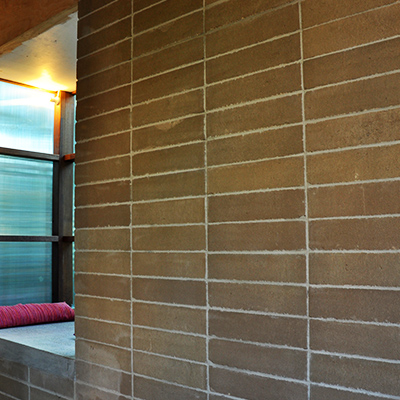
Core-filled Blockwork Wall
Core-filled blockwork walls are excellent for flood resilience as they have no cavity to hold in moisture or silt, and require little to no clean-up or repair after a flood. The extra weight also helps to cancel uplift forces. Blockwork comes in a variety of types and colours to match the design of the house.
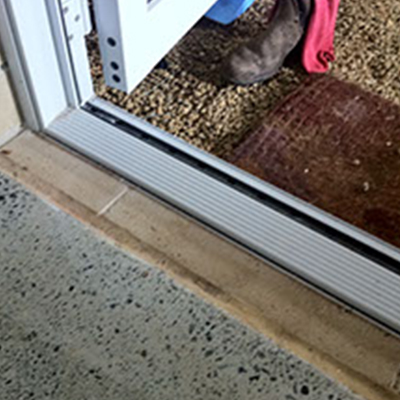
Flush Aluminium Door Sill
Recessing door sills into the floor so that they are flush with the internal floor level makes for easier cleaning after a flood.
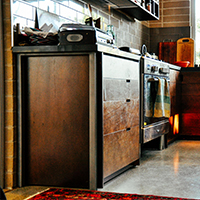
Marine-Ply Cabinetry with Stainless Steel Frame
In addition to using flood resilient materials such as marine ply for cabinetry, cabinetry can be designed within a stainless steel frame, allowing it to be removed from the frame and placed on higher ground in preparation of a flood. Kitchen cabinets are often the most expensive items to replace and repair after a flood event.
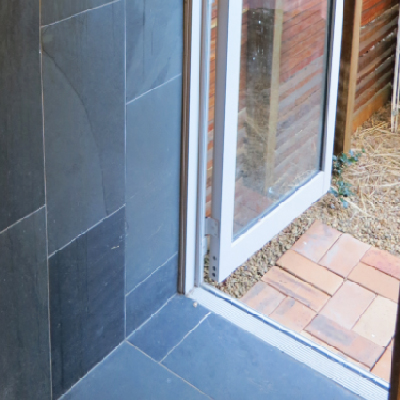
Sealed Stone Floor & Wall Tiles
Sealed stone tiles are impervious to water, and make for easy cleaning after a flood. Tiling the walls above the flood level allows for easy cleaning after an event.